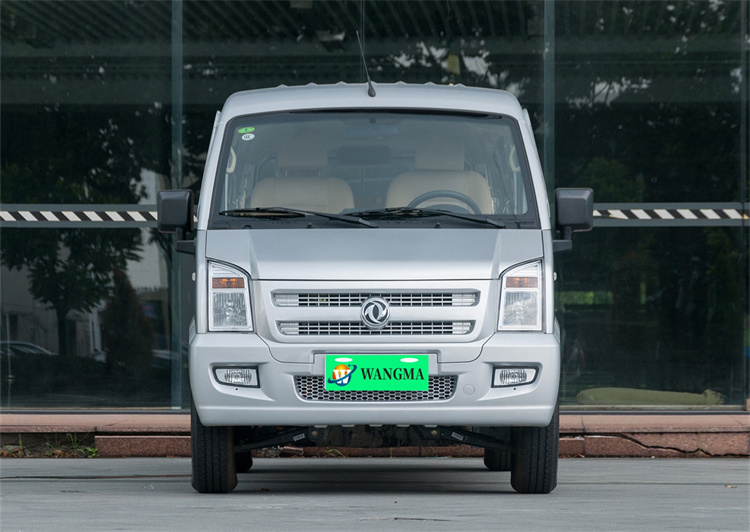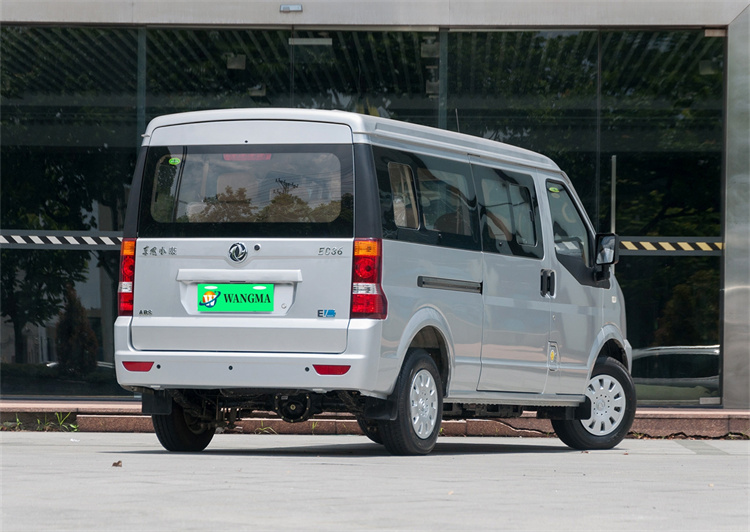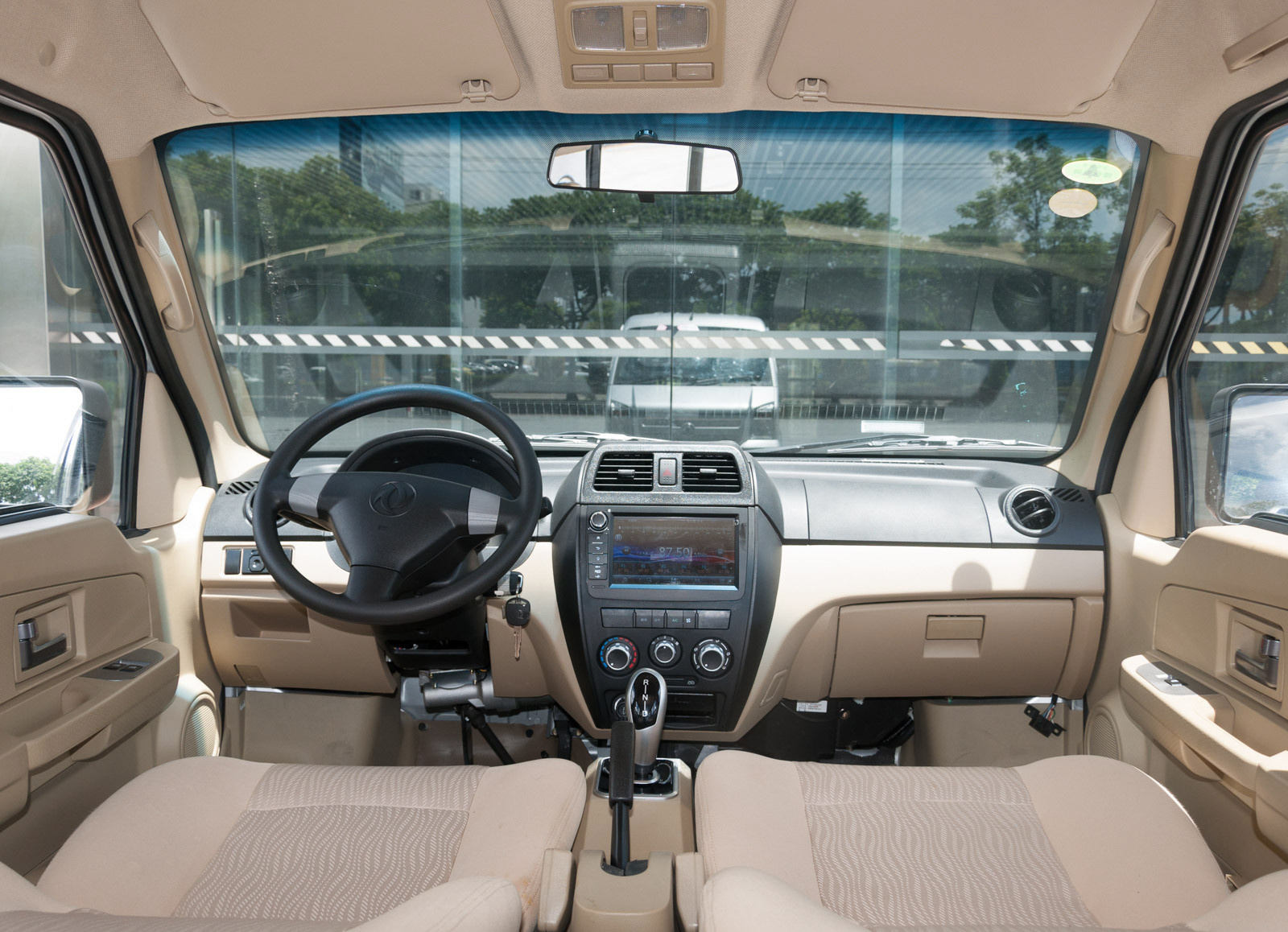
Oct . 07, 2025 07:45 Back to list
New Energy Vehicle: High Endurance, High Cost Performance?
Field Notes on a Workhorse EV: Dongfeng Xiaokang EC36 MPV (Used)
If you’ve ever walked the yard of a Hebei reseller at 7 a.m. with frost on the vans (I have), you learn fast what matters: battery health, uptime, and honest specs. This new energy vehicle from Dongfeng Xiaokang—model EC36—keeps coming up in conversations with fleet managers who just need a dependable city mule.

Why the EC36 matters right now
Industry trend in a sentence: logistics and shuttle operators are shifting to new energy vehicle fleets as LFP batteries get cheaper, safer, and more predictable. China’s LFP chemistry is having its second golden era; many customers say the degradation curve is boring—in a good way. To be honest, boring is fantastic when your route is 120 km/day, five days a week.

Core Specs (Used Dongfeng Xiaokang EC36)
| Body/Seats | 5 doors, 6/7 seats MPV |
| Dimensions (L×W×H) | 4500 × 1680 × 2000 mm |
| Wheelbase | 3050 mm |
| Max Speed | 100 km/h (real-world use may vary) |
| Battery | Lithium iron phosphate (LFP), pure electric drive |
| Charging | ≈0.75 h fast charge (conditions-dependent); AC slow charge times vary |
| Steering | Left-hand drive |
| Color | Customized options |
| Origin | Room 1017, Qicheng Building, No.210, ZhongHuanan Street, Qiaoxi District, Shijiazhuang City, Hebei |
Process flow, testing, and service life (what I look for)
- Materials: LFP cells, steel unibody, basic NVH damping—nothing exotic, which is the point.
- Methods: pre-delivery inspection (PDI) with OBD diagnostics; battery State of Health (SOH) report; insulation resistance test per GB/T 18384 and UNECE R100.
- Standards referenced: GB/T 31467 (battery pack tests), ISO 6469 (EV safety), local CCC conformity where applicable.
- Test data snapshot: typical used units show SOH ≈ 80–92% (ask for printout); DC fast charge to 80% often within ≈45–50 min; energy cost savings vs. gasoline vans ≈30–45% depending on tariffs.
- Service life: LFP chemistry often achieves 2500–4000 cycles; operationally that can mean 6–10 years for urban duty, assuming sane charging habits.
- Industries: last‑mile logistics, campus shuttle, hotel/airport transfer, municipal maintenance, mobile services.

Vendor comparison (how to buy a used EC36 without drama)
| Vendor Type | Pros | Watch-outs | Typical Lead Time |
| OEM-certified reseller | Verified history, formal SOH tests, clearer warranty | Higher price | 2–4 weeks |
| Independent exporter | Customization, flexible shipping | Documentation quality varies | 3–6 weeks |
| Refurb broker | Lowest upfront cost | Inconsistent refurb standards—insist on third‑party tests | 1–5 weeks |
Customization and scenarios
Common tweaks: seat delete for cargo, branded wraps, telematics/MDVR, dual‑sliding door partitions, and winter packs (PTC heater upgrades). For shuttle duty, the 6/7-seat layout with easy step‑in height is, surprisingly, more comfortable than it looks.
Mini case study
A courier in Shijiazhuang deployed 12 EC36 units on urban loops. After three months: downtime fell by ≈28%, energy cost per km dropped ≈37% compared with a small gasoline van baseline, and drivers reported smoother stop‑go operation. They did note that in winter, planning fast-charge windows was key—typical for any new energy vehicle.

Buying checklist (learned the hard way)
- Battery SOH report + DCIR values; ask for test protocol per GB/T 31467 where possible.
- Insulation resistance and HV lock test documents (GB/T 18384/UNECE R100).
- VIN-based service records; brake wear and suspension bushings—busy vans earn their keep.
- Confirm onboard charger compatibility and local plug standards; bring your own Type‑2/GB‑T adapter if needed.
Bottom line: as a practical new energy vehicle for fleets, the used EC36 is more tool than toy—and that’s exactly the appeal.
Authoritative citations
- International Energy Agency, Global EV Outlook 2024.
- GB/T 31467 series: Lithium-ion traction battery pack and system for EVs—Test methods.
- ISO 6469 series: Electrically propelled road vehicles—Safety specifications.
- UNECE Regulation No. 100 (Rev. 3): Electric power trained vehicles—Safety.
- GB/T 18384-2020: Electric vehicles—Safety requirements.
-
Reliable Water Tin Can Supplier | Durable & Sustainable Tinplate Containers
NewsNov.24,2025
-
Reliable Water Tin Can Suppliers for Durable and Sustainable Water Storage
NewsNov.24,2025
-
Water Tin Can Factory: Sustainable Solutions for Safe Water Packaging
NewsNov.23,2025
-
Trusted Galvanized Malleable Iron Manufacturer for Durable Infrastructure Solutions
NewsNov.23,2025
-
Trusted Galvanized Malleable Iron Manufacturers | Durable & Custom Iron Components
NewsNov.22,2025
-
Galvanized Malleable Iron Factories – Durable & Cost-Effective Industrial Solutions
NewsNov.22,2025